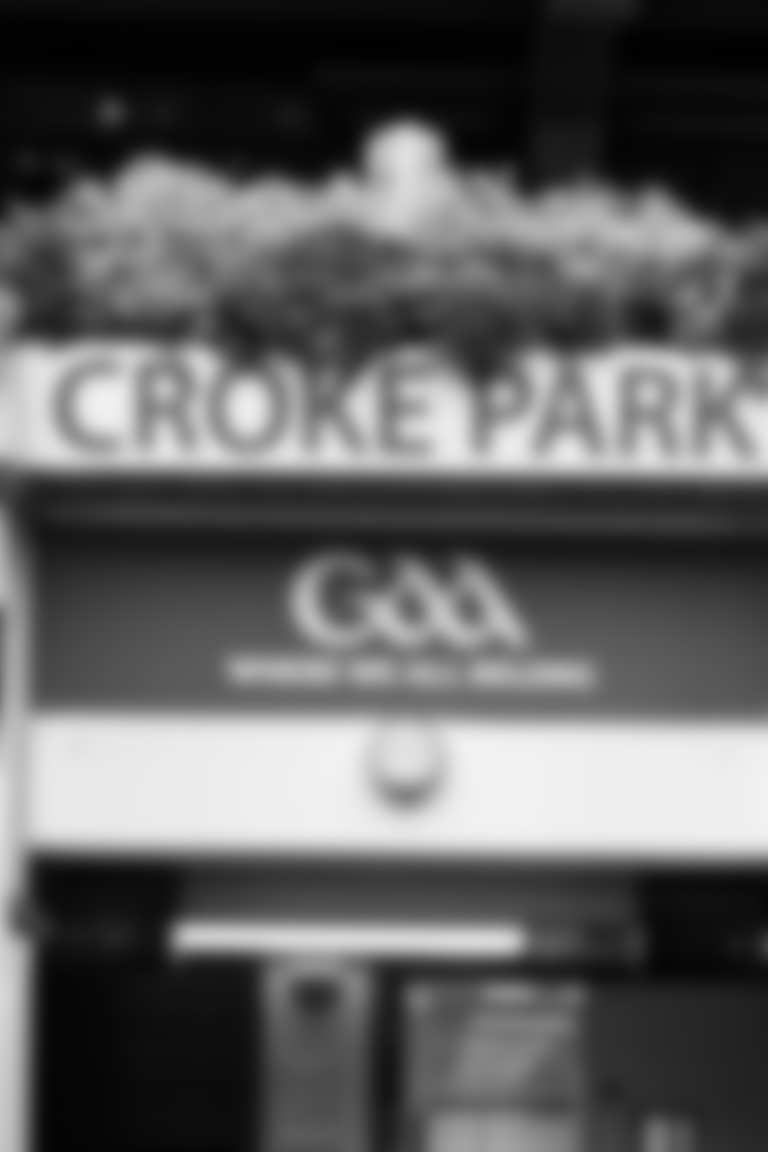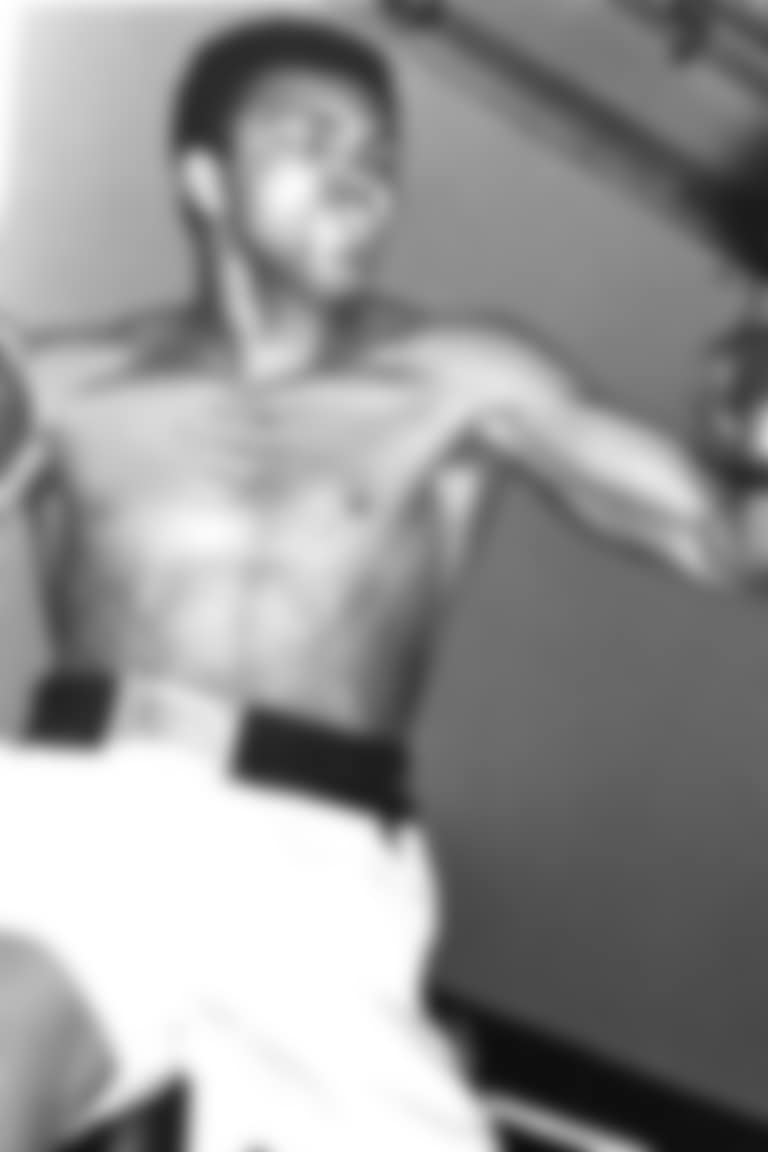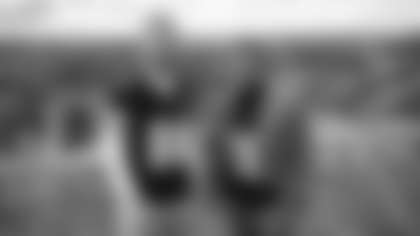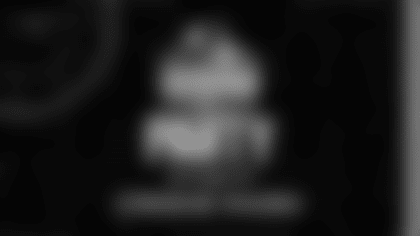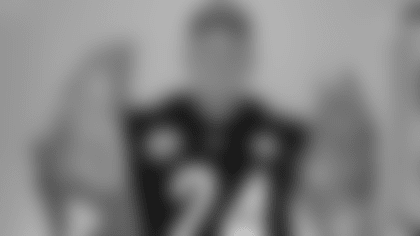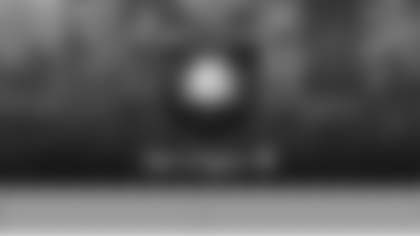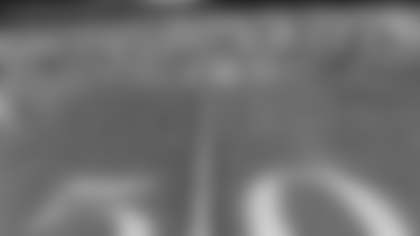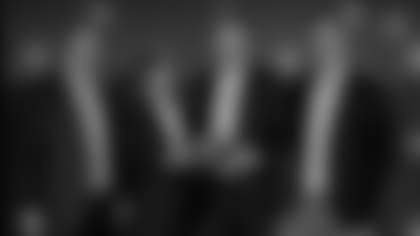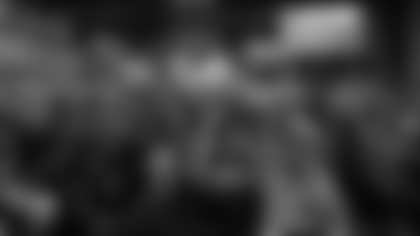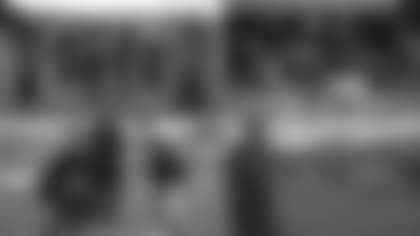Croke Park was named after Archbishop Thomas W. Croke who was the GAA's first patron when the association founded in 1884. The GAA now boasts some 1,600 clubs across the island of Ireland, with Croker hosting nearly 90 matches per year.
It has been the home of the GAA since the first Gaelic football match was held there in 1891. The first All-Ireland match was held there in 1896, an important time in Irish history when many on the island wanted independence from British occupation. Gaelic football and hurling as the centerpiece of many Irish communities and a means for people to connect with each other and their culture, was for a long time either discreetly discouraged or openly prohibited by those in power.
On Nov. 21, 1920, British troops, in furious response to several of their agents being assassinated by members of the rebellious Irish Republican Army led by Michael Collins, went to Croke Park and opened fire on players and fans gathered for a Sunday match. Twelve people were killed in the shooting, while two others died by being crushed by a panicked crowd who were blocked from exiting the stadium, bringing the death toll to 14. Dozens of others were wounded in what became known as "Bloody Sunday," one of the seminal events of the Irish War of Independence.
Two of those wounded were players, with one of those, Michael Hogan, dying of his injuries. Croke Park's Hogan Stand is named in honor of him.
"It's a very, very special place," said Alan Milton, the GAA's Director of Communications. "It's iconic. It's not just another sporting venue. Really, to the people here, Croke Park is the nation's playground. It's where people come to enjoy the biggest days in Irish society."
The GAA operates a museum at Croke Park that not only includes the history of the GAA's games at Croke Park, but a memorial for those lives lost in 1920, as well. It's all part of the Croke Park experience that also serves as a tribute to remember the greats of Gaelic football and hurling, the island's two most important sports.



